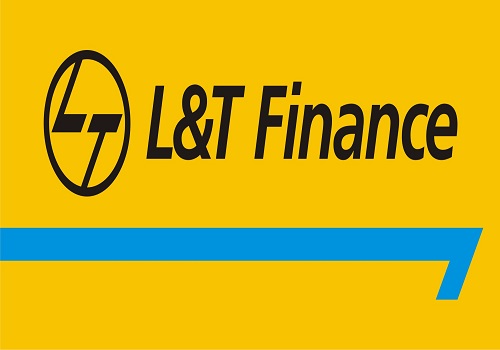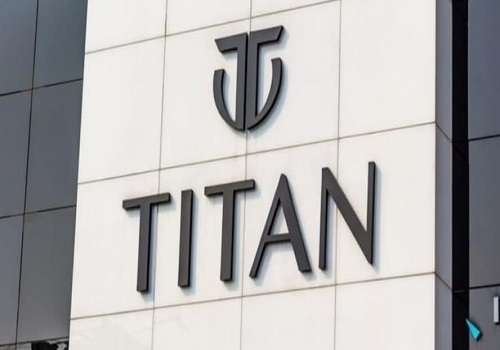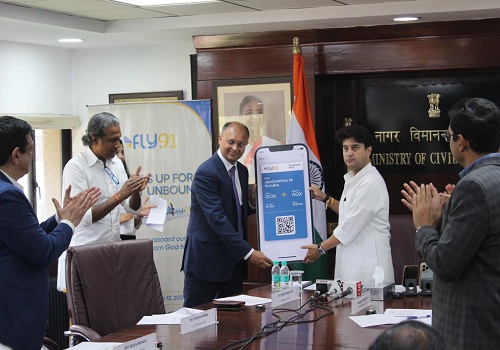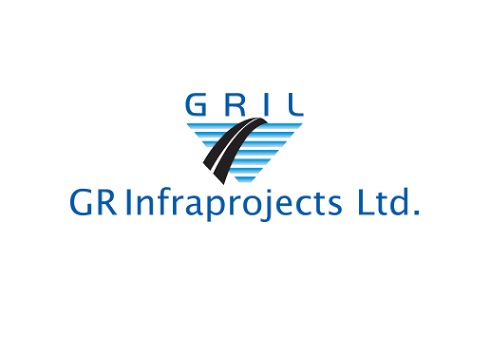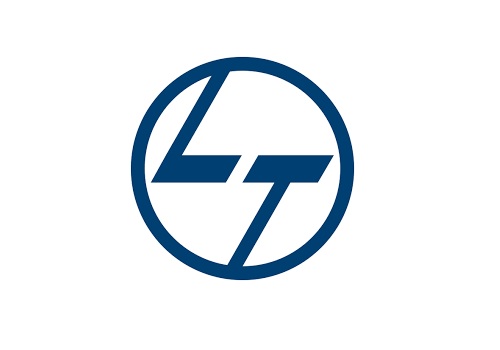Internet Sector Update - Our Regret Minimisation Framework for Internet IPOs By ICICI Securities

Follow us Now on Telegram ! Get daily 10 - 12 important updates on Business, Finance and Investment. Join our Telegram Channel
https://t.me/InvestmentGuruIndiacom
Download Telegram App before Joining the Channel
Our Regret Minimisation Framework for Internet IPOs
Popularised by Jeff Bezos, Regret Minimization Framework is a decision making mental model which starts with the basic question – “In X years, will I regret not doing this?” We ponder on this question by studying the biggest regrets of many celebrated US PMs / sell side analysts over the previous 25 years. This should help investors pre-empt similar regrets about ‘some’ Internet IPOs going forward.
In the aftermath of its IPO in 1997, US’ sell side concluded (based on reverse DCF) that Amazon had to sell practically every book on earth for its then market cap to be justified. Henceforth, its market cap increased ~240x – without a proportionate increase in the number of books or human population or earth like planets.
Underestimation of (1) strength of business models, (2) steady state profitability and / or (3) over-estimation of valuations – in case of Google, Apple and Amazon – has been a key regret for Berkshire Hathway (elaborated in annual letters). Post dot com, many US analysts called out multiple false positive tech bubbles. Nevertheless, weightage of Tech in S&P 500 increased from mid-single digits during 1990s to ~28% today. US tech is now worth more than the entire market cap of Europe.
Given the addressable markets and scalability in many segments (e.g. food-tech, fin-tech and e-commerce), we see likelihood of ‘some’ Indian companies evolving similarly over the next decade. While Technology sector accounts for ~17% of NIFTY today, its share may increase disproportionately as some of these IPO-ing companies can be key contenders for immediate NIFTY (& MSCI) additions. However, we notice similar pessimism witnessed in US ~20-25 years ago in the Indian markets today - around ‘near-term’ profitability / cash flows / valuations.
* Judging a fish by its ability to climb up a tree?
‘Near-term’ losses / cash burn are the key reasons for the pessimism of investors around these IPOs. This is largely due to spends – marketing, advertising & promotions, discounts, cash backs, etc. – targeted at driving (1) customer adoption and (2) branding. Notably, these front-ended investments should create strong moats and drive back-ended benefits in the form of brand recall and network effect for several years to come. Historically, customer adoption in most new product categories (e.g. Soap, Pizza, B2B online commerce) took longer time (15-25 years) before it gained critical mass and companies became profitable in their respective businesses.
In contrast, we find category adoption of some of the above segments (e.g. food-tech, payments, ecommerce) to be very encouraging despite their limited history of existence (~4-12 years). For instance, we estimate healthy ~16% food-tech adoption (link) outside the urban core (Next-500 towns) despite hardly ~2 years of presence of Zomato / Swiggy. While profitability and cashflow are great sanity metrics, they are better applied on businesses in steady state (e.g. Infosys, Google, HUL etc.) – in our view. For now, we look for promising unit economics / contribution margins before marketing overheads.
* FY23 multiples / reverse DCF don’t capture steady state potential / adjacencies. Near-term sales or margins (FY22 or FY23E) do not fully reflect the steady state revenue / profitability potential of the business. Nor do near-term multiples give a correct picture of the valuations. Globally, rich valuations of internet companies surprised value conscious investors (including likes of Warren Buffet) from time to time.
The valuation premia can be partly explained by the adjacent optionality (sometimes non-linear), which is difficult to be captured in a reverse DCF. As highlighted in our five point something framework (link), we focus more on (1) frequency of app usage, (2) TAM per player, (3) data monetisability, (4) operational muscle, (5) unit economics and adjacencies - than near-term profitability, cashflow or valuations for now.
To Read Complete Report & Disclaimer Click Here
For More ICICI Securities Disclaimer https://www.icicisecurities.com/AboutUs.aspx?About=7
Above views are of the author and not of the website kindly read disclaimer





